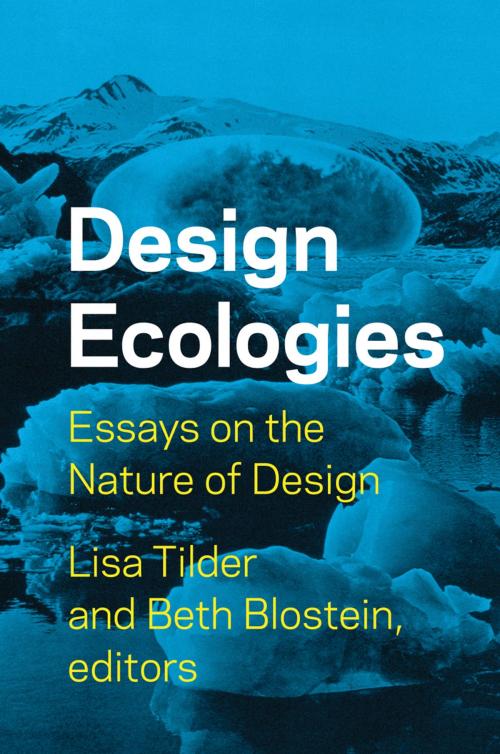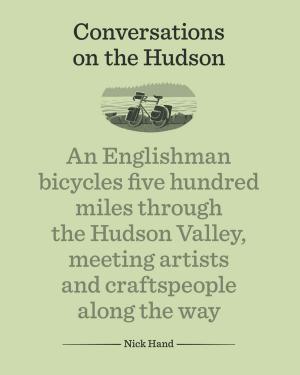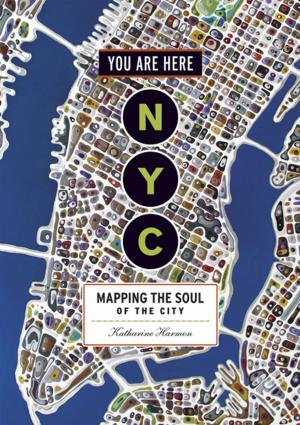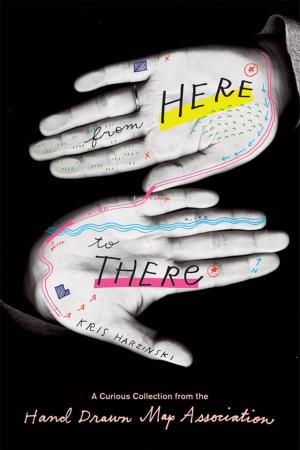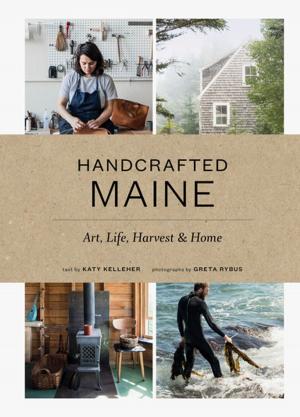| Author: | ISBN: | 9781568989549 | |
| Publisher: | Princeton Architectural Press | Publication: | March 20, 2012 |
| Imprint: | Princeton Architectural Press | Language: | English |
| Author: | |
| ISBN: | 9781568989549 |
| Publisher: | Princeton Architectural Press |
| Publication: | March 20, 2012 |
| Imprint: | Princeton Architectural Press |
| Language: | English |
Contemporary architects are under increasing pressure to offer a sustainable future. But with all the focus on green building there has been little investigation into the meaningful connections between architectural design, ecological systems, and environmentalism. A new generation of architects, landscape architects, designers, and engineers aims to recalibrate what humans do in the world according to how the world works as a biophysical system. Design in this sense is a larger concept having to do as much with politics and ethics as with aesthetics and technology. This recasting of the green movement for the twenty-first century transforms design into a positive agent balancing societal values with environmental needs.
Design Ecologies is a ground-breaking collection of never-before-published essays and case studies by today's most innovative designers and critics. Their design strategies—social, material, and biological—run the gamut from the intuitive to the highly technological. One essay likens window-unit air conditioners in New York City to weeds in order to spearhead the development of potential design solutions. Latz + Partner's Landscape Park integrates vegetation and industry in an urban park built amongst the monumental ruins of a former steelworks in Duisburg Nord, Germany. The engineering firm Arup presents its thirty-three-square-mile masterplan for Dongtan Eco City, an energy-independent city that China hopes will house half a million people by 2050. An essay by designer Bruce Mau leads off a stellar list of emerging designers, including Jane Amidon, Blaine Brownell, David Gissen, Gross.Max, Robert Sumrell and Kazys Varnelis, Stephen Kieran and James Timberlake, R&Sie(n), Studio 804, and WORKac.
Contemporary architects are under increasing pressure to offer a sustainable future. But with all the focus on green building there has been little investigation into the meaningful connections between architectural design, ecological systems, and environmentalism. A new generation of architects, landscape architects, designers, and engineers aims to recalibrate what humans do in the world according to how the world works as a biophysical system. Design in this sense is a larger concept having to do as much with politics and ethics as with aesthetics and technology. This recasting of the green movement for the twenty-first century transforms design into a positive agent balancing societal values with environmental needs.
Design Ecologies is a ground-breaking collection of never-before-published essays and case studies by today's most innovative designers and critics. Their design strategies—social, material, and biological—run the gamut from the intuitive to the highly technological. One essay likens window-unit air conditioners in New York City to weeds in order to spearhead the development of potential design solutions. Latz + Partner's Landscape Park integrates vegetation and industry in an urban park built amongst the monumental ruins of a former steelworks in Duisburg Nord, Germany. The engineering firm Arup presents its thirty-three-square-mile masterplan for Dongtan Eco City, an energy-independent city that China hopes will house half a million people by 2050. An essay by designer Bruce Mau leads off a stellar list of emerging designers, including Jane Amidon, Blaine Brownell, David Gissen, Gross.Max, Robert Sumrell and Kazys Varnelis, Stephen Kieran and James Timberlake, R&Sie(n), Studio 804, and WORKac.
